Persian Greetings: Common Farsi Greetings with English Meaning
Learning Persian greetings is the easiest way to start speaking Farsi. From saying hello in Persian to polite goodbyes, these common phrases help you connect naturally with Persian speakers.
Below you’ll find the most common Persian greetings, their English meanings, and simple examples you can use in everyday conversations.
Common Persian Greetings at a Glance
| Persian | English Meaning |
|---|---|
| سلام (Salam) | Hello |
| صبح بخیر (Sobh Bekheir) | Good Morning |
| عصر بخیر (Asr Bekheir) | Good Afternoon |
| شب بخیر (Shab Bekheir) | Good Night |
| خداحافظ (Khoda Hafez) | Goodbye |
| حالت چطوره؟ | How are you? |
Most Common Persian Greetings Explained
Salam (سلام) – Hello
Salam is the most common and universal Persian greeting. It can be used in both formal and informal situations, just like “hello” in English.
Example:
Salam! Chetori? (Hello! How are you?)
Sobh Bekheir (صبح بخیر) – Good Morning
Use Sobh Bekheir in the morning to greet someone politely. It’s commonly used at work, school, or when starting the day.
Asr Bekheir (عصر بخیر) – Good Afternoon
Asr Bekheir is used in the afternoon and sounds more formal than Salam. It’s often used in professional or respectful settings.
Shab Bekheir (شب بخیر) – Good Night
Shab Bekheir is used when ending a conversation at night or before going to sleep.
Khoda Hafez (خداحافظ) – Goodbye
Khoda Hafez literally means “May God protect you.” It’s the most common way to say goodbye in Persian.
Frequently Asked Questions About Persian Greetings
What is the most common Persian greeting?
The most common Persian greeting is Salam (سلام). It works in almost all situations, formal or informal.
How do you say hello politely in Persian?
You can say Salam, or add Halet Chetoreh? (How are you?) to sound friendlier.
Are Farsi and Persian the same language?
Yes. Farsi is the Persian name for the language, while Persian is the English term.
Learn Persian with Confidence
If you want to go beyond basic Persian greetings and start real conversations, Danaa School’s online Farsi courses help beginners learn step by step with native teachers.
Find Your Ideal Teacher
At Danaa School, you can choose your Farsi tutor from a selection of qualified and experienced teachers. Begin an exceptional journey into the world of Persian language!
Book Your Trial Lesson
FAQs
What is the most common greeting in Persian?
The most common greeting in Persian is “Salām,” which means “Hello.” It is used in both formal and informal settings.
How do you say "Goodbye" in Persian?
“Khoda Hāfez” is the most commonly used phrase for “Goodbye” in Persian, which means “May God protect you.”
What is the polite way to say "Thank you" in Farsi?
“خیلی ممنون” (Kheili Mamnoon) is a polite and formal way to say “Thank you very much” in Farsi.
How do you ask someone how they are in Persian?
You can ask “How are you?” in Persian by saying “حالت چطوره؟” (Hālet Chetoreh?).
What does "Shab Bekheir" mean in Persian?
“Shab Bekheir” means “Good Night” and is used to bid someone farewell in the evening.
Can I learn Persian online?
Yes, Danaa School offers online courses for learning Persian.
Conclusion
Mastering Persian greetings is the first step in understanding a language known for its richness and poetic elegance. Whether you’re just saying “Salām” or engaging in deeper conversations, learning these basic phrases will enhance your ability to connect with Persian speakers. Enroll now.
Want to Learn Farsi at Danaa School?
Here are the best resources for you!






